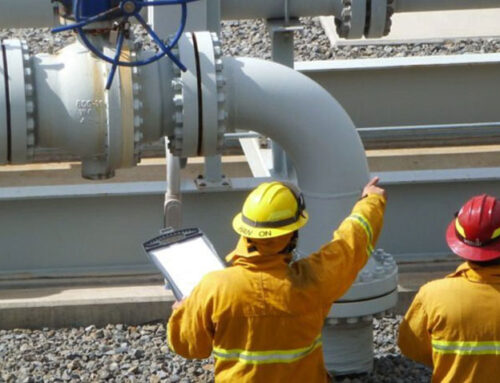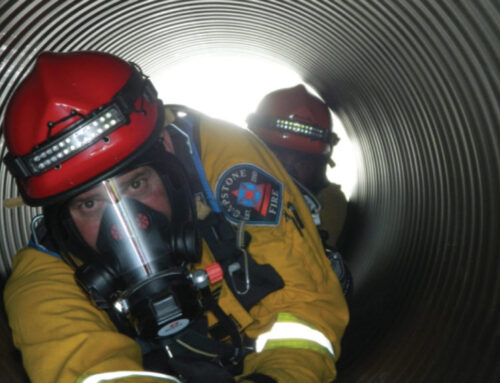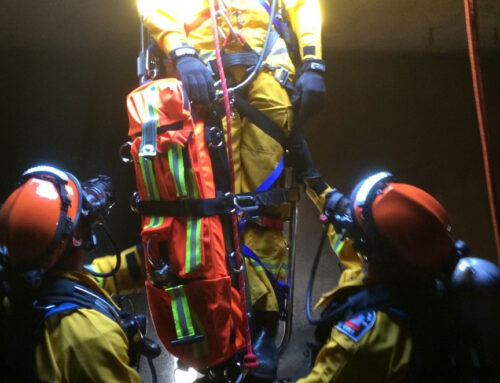Mining is an active vocation in the US, even in unlikely states like Florida. Miners are protected from safety and health hazards from the Federal Mine Safety and Health Act of 1977, which created the Mine Safety and Health Administration (MSHA). The mission of MSHA is to “prevent death, illness and injury from mining and promote safe and healthful workplaces for U.S. miners.”
In the mining field, the number of fatalities has dwindled from 242 annually in 1977 to 28 in 2015. MSHA has done a great job updating the website with a periodical count of any fatalities in the industry. This brings awareness to the dangers in mining and can be used as case studies learning to avoid an incident.
Mining is broken down into five major categories:
- Coal
- Metals
- Non-metals
- Sand and gravel
- Stone
Activities for mining operations have both physical and health hazards causing workers to be injured or ill. To keep the workers healthy and safe the employer must abide by regulations, train workers, and have a safety and health program. All involved with the work must be ready for emergency situations such as chemical spills or mine cave-ins.
The mine rescuer has unique skills, abilities, and training. Each rescuer must conduct their rescue with a self-contained breathing apparatus for self-protection. This professional group of specialists are experts in leadership and teamwork. They have to always have a great day at work or lives can be lost.
There are three objectives for a mine rescue:
- Team safety
- Locating trapped miners and returning them to safety
- Protecting the mine property and recovering the mine
Team Safety
Prior to doing a rescue, the team must be prepared to maintain their own safety and health before thinking about the rescue. Being prepared starts before the actual rescue, because the team must have equipment, training, and programs in place prior to any rescue activity.
The team member must get all qualifications and medical evaluations needed to wear a self-contained breathing apparatus (SCBA). The SCBA equipment provides clean breathing oxygen to the rescuer as they conduct the rescue. It will protect them from inhaling toxins or fumes.
Additionally, the team members must be aware of hazards posing a threat to a team member, the miner, or themselves. They must conduct a hazard analysis of what activity must be done first and how to do it safely due to the apparent current hazards. The team as a whole must have the training and skill to make this assessment in a moments’ notice.
Locating trapped miners and returning them to safety
Trapped miners from around the world have made the news in the US. The rescues have been headline stories for days and even weeks. The nature of finding trapped miners, determining exposed hazards, and developing a safe rescue is a skill set necessary for rescue team leaders.
Locating the miners may sometimes be the easiest part of the rescue. If the access and egress is limited in nature or even with underwater locations, then the rescue becomes more hazardous. Additionally, the amount of oxygen, food, and even medical supplies will also be taken account for rescue procedures.
Protecting the mine property and recovering the mine
The mine rescue team will also have added responsibility to the owner to protect the valuable resources and the mine itself from closing. There are specialized equipment and machinery used in the daily operations of a mine. Therefore, the rescuers must make decisions protecting life and property.
When a mine has an emergency situation, there is no time to determine who will perform the rescue procedures. Seeking out the mine rescue team is an exhaustive process, but a valuable one. Safety and health of miners are of the utmost importance for the employer, therefore the decision for this type of service will have many facets.
The company receiving the bid should have the following qualities:
- Experienced rescuers
- Dedication
- State of the art equipment
- Elite team members
- Effective safety and health program
- Effective corporate safety culture
Learn more on Capstone’s Technical and Confined Space rescue page.





